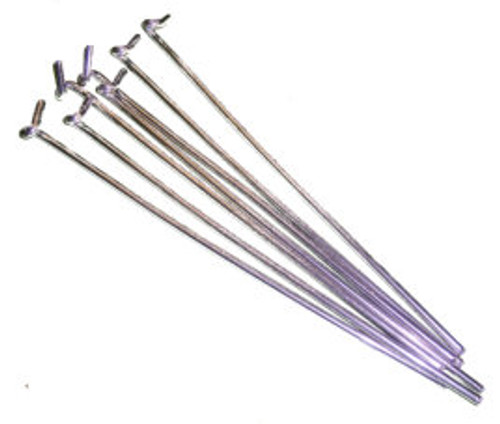Product Description
9 ga Aluminum Hog Rings — Chain Link Bottom Wire & Kennel Panels
- Fence-Line Fastening — Secure chain link fabric to bottom tension wire, kennel frames, and panel edges
- Easy Crimping — Softer aluminum bends cleanly with manual hog ring pliers for quick, uniform closes
- Corrosion-Resistant — Aluminum construction helps resist rust in outdoor environments
- Clean, Low-Profile Finish — C-shape ring wraps neatly around wire/mesh for a tidy look
- Versatile Uses — Also handy for aviary netting, light cages, garden fencing, and general fastening
Keep fabric tight and tidy along the bottom wire with 9 gauge aluminum hog rings. These C-shaped rings crimp closed around chain link selvage and tension wire to help prevent sagging and lift points—especially useful on kennels and residential runs. Aluminum rings are easy to form with hand pliers and offer dependable, professional grade fastening without bulky hardware.
Why Choose This
- Fast installs — Close rings quickly at regular intervals for a consistent bottom line
- Installer-friendly — Aluminum forms easily and reduces hand fatigue vs. harder steel rings
- Weather-ready — Won’t rust like plain carbon steel; great for outdoor projects
- Multi-application — Useful beyond fencing for light netting and cage fabrications
Specifications
| Ring Type | C-shaped hog ring (manual crimp) |
| Wire Gauge | 9 ga (aluminum) |
| Material / Finish | Aluminum / Natural |
| Typical Uses | Attach chain link fabric to bottom tension wire; kennel/panel assembly; light netting/cage work |
| Tool Compatibility | Manual hog ring pliers sized for 9 ga aluminum rings |
| Included | Rings only (pliers and tension wire sold separately) |
Installation
Pre-tension the bottom wire, then place a ring around the tension wire and the chain link selvage. Load the ring into hog ring pliers, align, and squeeze until the ends meet/overlap for a secure close. Continue at regular intervals to the opposite end. Wear eye/hand protection; keep fingers clear of the closing ring.
Buying Guide
- Aluminum vs. steel: Aluminum is easier to crimp and corrosion-resistant; galvanized or stainless steel rings offer higher strength where needed.
- Pliers choice: Use manual hog ring pliers sized for your ring. Wide-jaw models help with larger opening reaches; compact pliers suit routine fence clips.
- Spacing tips: Many installers space rings roughly every 12–18″ along the run; increase frequency at corners, gates, or high-load areas as required.
- Coated components: When clipping to PVC-coated wire, expect some marking at the contact point—close gently and check finish as you go.
Frequently Asked Questions
- What are these used for on a chain link fence?
- Primarily to attach the fabric to the bottom tension wire, helping keep the mesh tight and discouraging lift-through.
- Do I need special tools?
- Use manual hog ring pliers sized for 9 ga aluminum rings for quick, consistent closes.
- Are aluminum rings strong enough for kennels?
- Yes for typical residential/kennel use. Choose galvanized or stainless steel rings for higher-load or heavy-duty applications.
- Can I reuse hog rings?
- No. They are intended for one-time crimping; cut and replace if you need to remove them.
- Will they rust?
- Aluminum won’t rust. For harsher environments, stainless steel rings provide additional corrosion resistance.
Comparison
| Option | Strengths | Considerations | Best For |
|---|---|---|---|
| Aluminum Hog Rings (this item) | Easy crimping; corrosion-resistant; lightweight | Lower ultimate strength than steel | Residential fences, kennels, light netting |
| Galvanized Steel Hog Rings | Higher strength; widely available | Heavier to crimp; may corrode at cut edges | Heavier fastening and utility work |
| Stainless Steel Hog Rings | Excellent corrosion resistance; strong | Higher cost; harder to crimp | Coastal/high-exposure environments |
| Auto-Feed Collated Rings | High production speed with compatible tools | Tool/ring compatibility required; higher setup cost | Large fabrication runs and repetitive fastening |
Not sure which rings or pliers fit your project? Contact us and we’ll help you choose the right combination.









